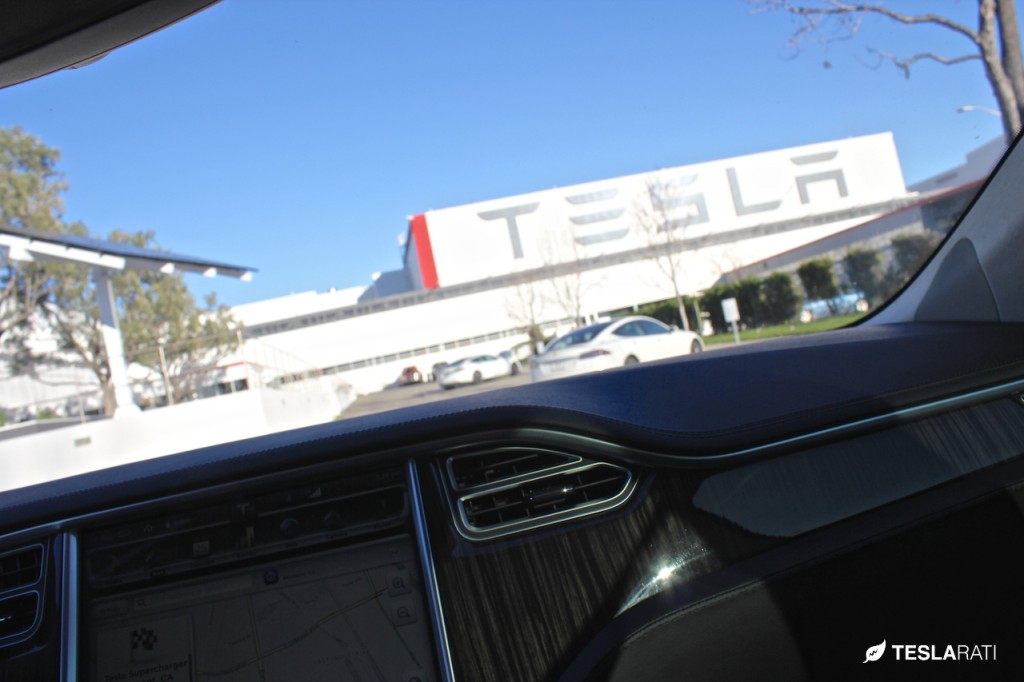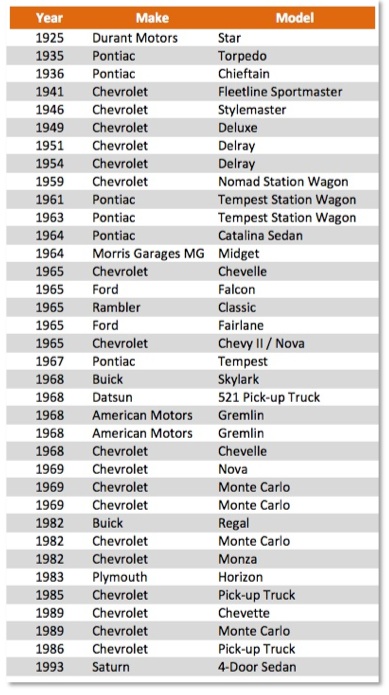Investor's Corner
Tesla Motors is More Like NASA than GM
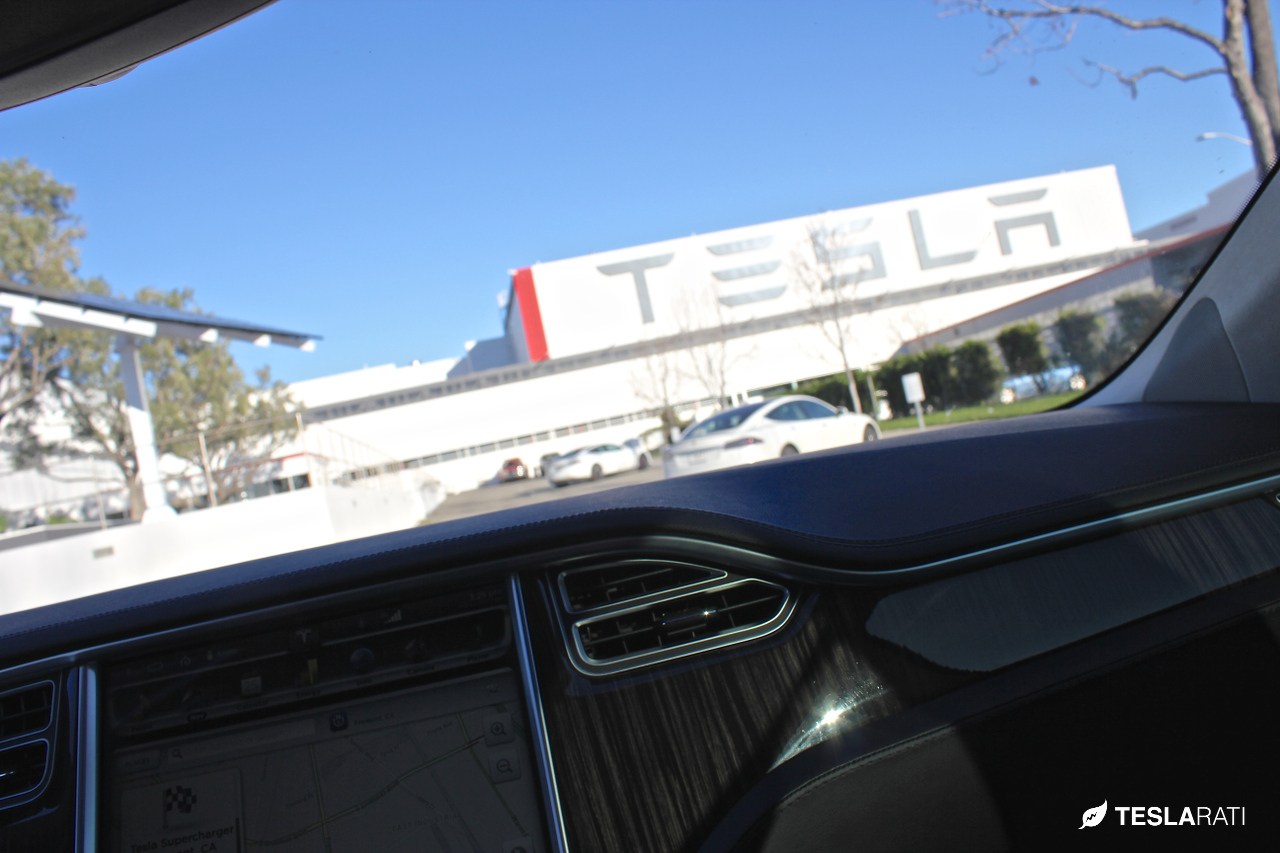
5, 4, 3, 2, 1, We Have Liftoff
I never get too excited or depressed about Tesla’s stock price. Stock analysts worry, and a lot. I can’t imagine how they ever sleep at night knowing that during those hours they are completely off the influence grid. Because Tesla went public it made a new bed and as a consequence, has at least two major challenges it must constantly consider.
- Build a new kind of personal transportation that must compete with a 100+ year old industrial age vertical
- Fund itself through a traditional stock market model while not making what that model values as part of their mission
Disclaimer: I own a modest number of Tesla shares and have for years, but it’s not my retirement plan and never will be. For me the primary investment is the Mission of Tesla, which for now means the Model S. I’ve owned one since June 2013.
The idea that someone would have the courage (and smarts) to start a car company from scratch and be able to differentiate it from all other automakers, as well as their products in every way, was extremely attractive to me. Others have tried, Tucker, DeLorean, but they were trying to compete with essentially the same formula. That rarely works out. In this case we have disruption and not the bullying kind which is what we often see in tech sector firms.
Car Guys are Wired that Way
I was nearly born in a car. My mother used to regale me with the story of how she just barely made it to the hospital. Five more minutes and I would have emerged while in the back seat of a 1954 Chevrolet Delray. Growing up I was surrounded by relatives who raced cars, worked on automobile, both personal and commercial, and sold them to the public. I remember sitting in my Uncle’s Chevrolet sales room in Ohio while we were visiting one summer and seeing a sign that read, “A new Chevrolet is sold every minute.” Gasoline and oil ran through my veins and I inhaled more carbon monoxide helping my dad in the garage than was probably good for me. For the record, here’s a list of all the cars my father owned. I think it was all of them. The year column indicates when the car was manufactured, not when he purchased it.
Yes, there’s a very big gap between 1969 and 1982. Completely unexplained. Maybe we both failed to make entries in the diary. Never mind, it’s more fun to call “slacker.” We lost my father to cancer in 1992. He would have been proud to say he preceded his latest car in death by a full year. I frequently imagine what it would be like to pull up in his driveway with my Model S and take him for a ride.
As you can see, my father’s list is heavily weighted toward U.S. carmakers, especially GeneralMotors.The recent stories about how GM covered up defective parts for decades was disturbing to me as someone who rode in, drove and owned them as an adult. The last time I owned a GM car was 1989. I switched because I couldn’t afford to pay the maintenance fees.
Mission Control, We are Go for Launch
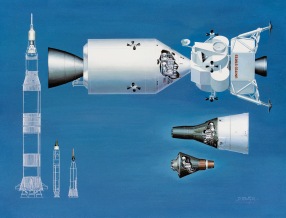 When President John F. Kennedy challenged America to “land a man on the moon and return him safely” in 1961, it was the catalyst for a series of missions meticulously planned and executed by NASA. Most had doubts we could do it successfully. The ones who believed worked at NASA. They developed a phased approach with three programs; Mercury, Gemini and Apollo. Mercury set out to successfully orbit the earth, study the ability to operate in space and recover both the astronaut and his craft. Gemini’s role was to study the effects of long term space missions on astronauts, perfect re-entry procedures and give astronauts extended practice time in a weightless environment. Once these were accomplished, the third program could begin. Apollo was about landing a man on the moon and returning him safely. I was enthralled with the space program growing up. I held my breath at every launch, was glued to the television for each mission and wondered what would come next.
When President John F. Kennedy challenged America to “land a man on the moon and return him safely” in 1961, it was the catalyst for a series of missions meticulously planned and executed by NASA. Most had doubts we could do it successfully. The ones who believed worked at NASA. They developed a phased approach with three programs; Mercury, Gemini and Apollo. Mercury set out to successfully orbit the earth, study the ability to operate in space and recover both the astronaut and his craft. Gemini’s role was to study the effects of long term space missions on astronauts, perfect re-entry procedures and give astronauts extended practice time in a weightless environment. Once these were accomplished, the third program could begin. Apollo was about landing a man on the moon and returning him safely. I was enthralled with the space program growing up. I held my breath at every launch, was glued to the television for each mission and wondered what would come next.
Palo Alto, We May Have a Problem
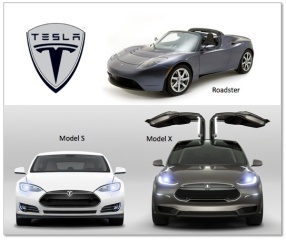 Tesla is on a similar path. They started with the Roadster as a commercial prototype that would tell them lots about the viability of an electric car. From that came the Model S, an amazing form of Personal Transportation that won Motor Trend’s Car of the Year in 2013 and was rated the safest automobile ever built in tests conducted by the National Highway Traffic Safety Administration (NHTSA) in the same year. I view the forthcoming Model X, a SUV version of the Model S, together as a stepping stone to the third stage; the Model III. A smaller, much more affordable car within reach of a large number of U.S. households. Assuming they can progress, the Model E will bring them closer to accomplishing the Tesla mission:
Tesla is on a similar path. They started with the Roadster as a commercial prototype that would tell them lots about the viability of an electric car. From that came the Model S, an amazing form of Personal Transportation that won Motor Trend’s Car of the Year in 2013 and was rated the safest automobile ever built in tests conducted by the National Highway Traffic Safety Administration (NHTSA) in the same year. I view the forthcoming Model X, a SUV version of the Model S, together as a stepping stone to the third stage; the Model III. A smaller, much more affordable car within reach of a large number of U.S. households. Assuming they can progress, the Model E will bring them closer to accomplishing the Tesla mission:
To accelerate the advent of sustainable transport by bringing compelling mass market electric cars to market as soon as possible.
The cost of the three NASA programs is hard to pin down, but many sources say that Mercury cost about cost $277 million in 1965 dollars, Gemini cost $1.3 Billion in 1967 dollars and Apollo $20.4 Billion in 1970 dollars. Obviously these number increase greatly when you convert them to today’s dollars. These missions were a stunning achievement and brought innovative technology to the private sector in numerous ways. In other words, we all gained benefit from these programs.
The point of quoting the cost figures is to bring perspective into the discussion. Today’s dollars always appear small when we look back a decade or two. The difference in these programs is that NASA was appropriated the funds from Congress, Tesla must navigate the murky waters of being a public company.
Elon Musk’s release of all of Tesla’s patents was a courageous move. He realizes that no single car company can deliver enough electric vehicles to make a real difference in the planet’s climate. The intellectual property is out there. Others can choose to assist or ignore.
BMW and Chevrolet have purchased, taken apart and reassembled the Model S in their war rooms. Why? Most likely to see how they can defeat Tesla. It’s a competitive game after all, including how Tesla sells its cars. A combined mission here, like the one NASA mounted would be an amazing feat of American collaborative engineering on a level never before achieved, this time on ground vehicles. Automakers coming together, including Tesla, could bring about a change much faster than we could even imagine. I know I’m describing a fantasy in the world of stocks and profits.
Can Tesla really do it? Well, they landed the real estate for the Gigafactory. A great start. I believe it can be done and am pulling for them to succeed. Actually more than pulling for them. I drive the car and and am an ambassador for the brand everyday. I wish them success, not just to disrupt, but to innovate on a grand scale. To change history. A chance like that doesn’t come along all that often.
Image Credits: NASA, Tesla Motors, ModelScoil.com
Originally posted on ModelScoil
Elon Musk
Tesla analyst issues stern warning to investors: forget Trump-Musk feud
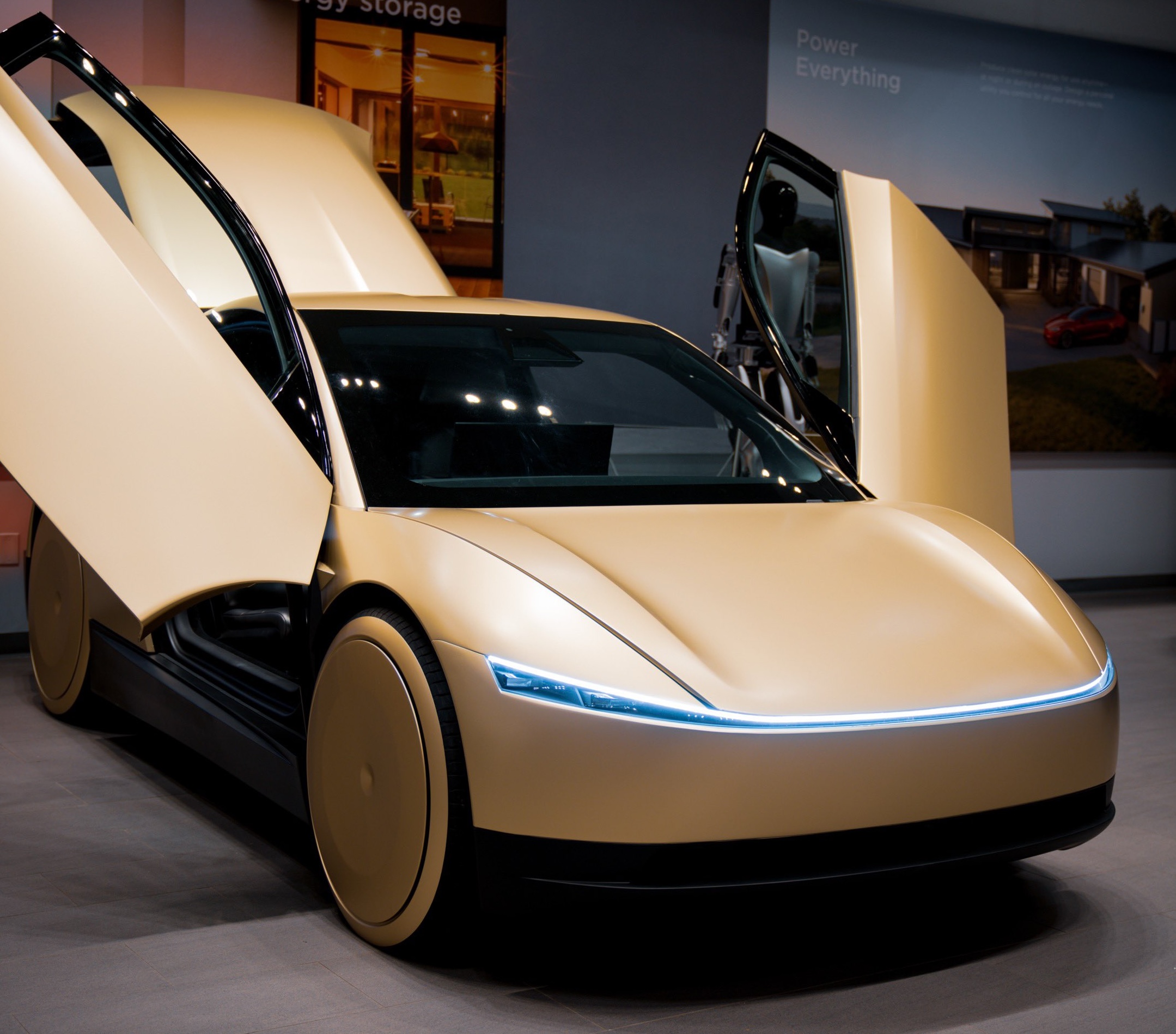
A Tesla analyst today said that investors should not lose sight of what is truly important in the grand scheme of being a shareholder, and that any near-term drama between CEO Elon Musk and U.S. President Donald Trump should not outshine the progress made by the company.
Gene Munster of Deepwater Management said that Tesla’s progress in autonomy is a much larger influence and a significantly bigger part of the company’s story than any disagreement between political policies.
Munster appeared on CNBC‘s “Closing Bell” yesterday to reiterate this point:
“One thing that is critical for Tesla investors to remember is that what’s going on with the business, with autonomy, the progress that they’re making, albeit early, is much bigger than any feud that is going to happen week-to-week between the President and Elon. So, I understand the reaction, but ultimately, I think that cooler heads will prevail. If they don’t, autonomy is still coming, one way or the other.”
BREAKING: GENE MUNSTER SAYS — $TSLA AUTONOMY IS “MUCH BIGGER” THAN ANY FEUD 👀
He says robotaxis are coming regardless ! pic.twitter.com/ytpPcwUTFy
— TheSonOfWalkley (@TheSonOfWalkley) July 2, 2025
This is a point that other analysts like Dan Ives of Wedbush and Cathie Wood of ARK Invest also made yesterday.
On two occasions over the past month, Musk and President Trump have gotten involved in a very public disagreement over the “Big Beautiful Bill,” which officially passed through the Senate yesterday and is making its way to the House of Representatives.
Musk is upset with the spending in the bill, while President Trump continues to reiterate that the Tesla CEO is only frustrated with the removal of an “EV mandate,” which does not exist federally, nor is it something Musk has expressed any frustration with.
In fact, Musk has pushed back against keeping federal subsidies for EVs, as long as gas and oil subsidies are also removed.
Nevertheless, Ives and Wood both said yesterday that they believe the political hardship between Musk and President Trump will pass because both realize the world is a better place with them on the same team.
Munster’s perspective is that, even though Musk’s feud with President Trump could apply near-term pressure to the stock, the company’s progress in autonomy is an indication that, in the long term, Tesla is set up to succeed.
Tesla launched its Robotaxi platform in Austin on June 22 and is expanding access to more members of the public. Austin residents are now reporting that they have been invited to join the program.
Elon Musk
Tesla surges following better-than-expected delivery report
Tesla saw some positive momentum during trading hours as it reported its deliveries for Q2.

Tesla (NASDAQ: TSLA) surged over four percent on Wednesday morning after the company reported better-than-expected deliveries. It was nearly right on consensus estimations, as Wall Street predicted the company would deliver 385,000 cars in Q2.
Tesla reported that it delivered 384,122 vehicles in Q2. Many, including those inside the Tesla community, were anticipating deliveries in the 340,000 to 360,000 range, while Wall Street seemed to get it just right.
Tesla delivers 384,000 vehicles in Q2 2025, deploys 9.6 GWh in energy storage
Despite Tesla meeting consensus estimations, there were real concerns about what the company would report for Q2.
There were reportedly brief pauses in production at Gigafactory Texas during the quarter and the ramp of the new Model Y configuration across the globe were expected to provide headwinds for the EV maker during the quarter.
At noon on the East Coast, Tesla shares were up about 4.5 percent.
It is expected that Tesla will likely equal the number of deliveries it completed in both of the past two years.
It has hovered at the 1.8 million mark since 2023, and it seems it is right on pace to match that once again. Early last year, Tesla said that annual growth would be “notably lower” than expected due to its development of a new vehicle platform, which will enable more affordable models to be offered to the public.
These cars are expected to be unveiled at some point this year, as Tesla said they were “on track” to be produced in the first half of the year. Tesla has yet to unveil these vehicle designs to the public.
Dan Ives of Wedbush said in a note to investors this morning that the company’s rebound in China in June reflects good things to come, especially given the Model Y and its ramp across the world.
He also said that Musk’s commitment to the company and return from politics played a major role in the company’s performance in Q2:
“If Musk continues to lead and remain in the driver’s seat, we believe Tesla is on a path to an accelerated growth path over the coming years with deliveries expected to ramp in the back-half of 2025 following the Model Y refresh cycle.”
Ives maintained his $500 price target and the ‘Outperform’ rating he held on the stock:
“Tesla’s future is in many ways the brightest it’s ever been in our view given autonomous, FSD, robotics, and many other technology innovations now on the horizon with 90% of the valuation being driven by autonomous and robotics over the coming years but Musk needs to focus on driving Tesla and not putting his political views first. We maintain our OUTPERFORM and $500 PT.”
Moving forward, investors will look to see some gradual growth over the next few quarters. At worst, Tesla should look to match 2023 and 2024 full-year delivery figures, which could be beaten if the automaker can offer those affordable models by the end of the year.
Investor's Corner
Tesla delivers 384,000 vehicles in Q2 2025, deploys 9.6 GWh in energy storage
The quarter’s 9.6 GWh energy storage deployment marks one of Tesla’s highest to date.
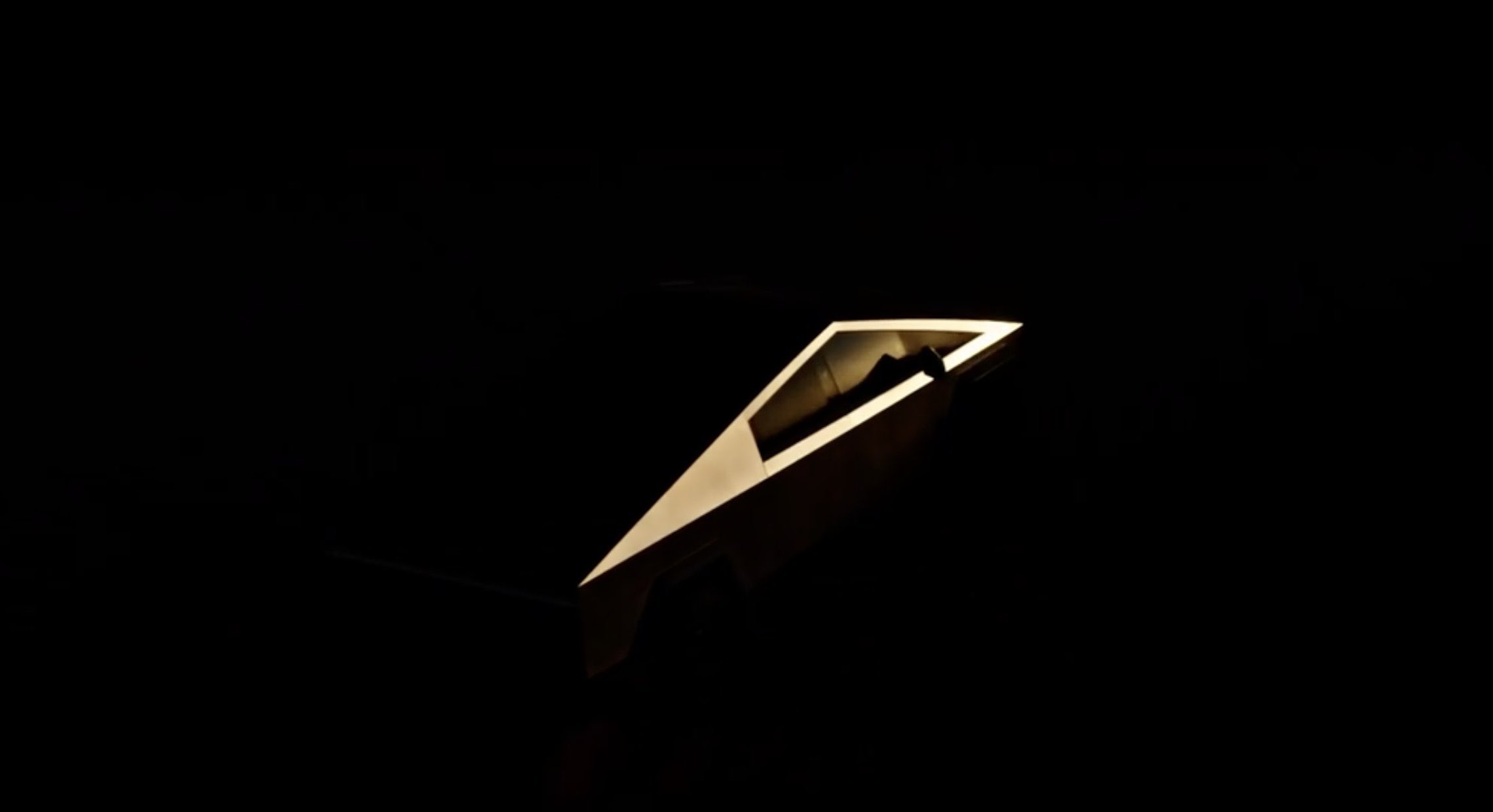
Tesla (NASDAQ: TSLA) has released its Q2 2025 vehicle delivery and production report. As per the report, the company delivered over 384,000 vehicles in the second quarter of 2025, while deploying 9.6 GWh in energy storage. Vehicle production also reached 410,244 units for the quarter.
Model 3/Y dominates output, ahead of earnings call
Of the 410,244 vehicles produced during the quarter, 396,835 were Model 3 and Model Y units, while 13,409 were attributed to Tesla’s other models, which includes the Cybertruck and Model S/X variants. Deliveries followed a similar pattern, with 373,728 Model 3/Ys delivered and 10,394 from other models, totaling 384,122.
The quarter’s 9.6 GWh energy storage deployment marks one of Tesla’s highest to date, signaling continued strength in the Megapack and Powerwall segments.

Year-on-year deliveries edge down, but energy shows resilience
Tesla will share its full Q2 2025 earnings results after the market closes on Wednesday, July 23, 2025, with a live earnings call scheduled for 4:30 p.m. CT / 5:30 p.m. ET. The company will publish its quarterly update at ir.tesla.com, followed by a Q&A webcast featuring company leadership. Executives such as CEO Elon Musk are expected to be in attendance.
Tesla investors are expected to inquire about several of the company’s ongoing projects in the upcoming Q2 2025 earnings call. Expected topics include the new Model Y ramp across the United States, China, and Germany, as well as the ramp of FSD in territories outside the US and China. Questions about the company’s Robotaxi business, as well as the long-referenced but yet to be announced affordable models are also expected.
-

 Elon Musk4 days ago
Elon Musk4 days agoTesla investors will be shocked by Jim Cramer’s latest assessment
-

 News1 week ago
News1 week agoTesla Robotaxi’s biggest challenge seems to be this one thing
-

 Elon Musk2 weeks ago
Elon Musk2 weeks agoFirst Look at Tesla’s Robotaxi App: features, design, and more
-

 News2 weeks ago
News2 weeks agoSpaceX and Elon Musk share insights on Starship Ship 36’s RUD
-

 News2 weeks ago
News2 weeks agoWatch Tesla’s first driverless public Robotaxi rides in Texas
-

 News1 week ago
News1 week agoWatch the first true Tesla Robotaxi intervention by safety monitor
-

 News2 weeks ago
News2 weeks agoTesla has started rolling out initial round of Robotaxi invites
-

 Elon Musk2 weeks ago
Elon Musk2 weeks agoTesla to launch in India in July with vehicles already arriving: report

